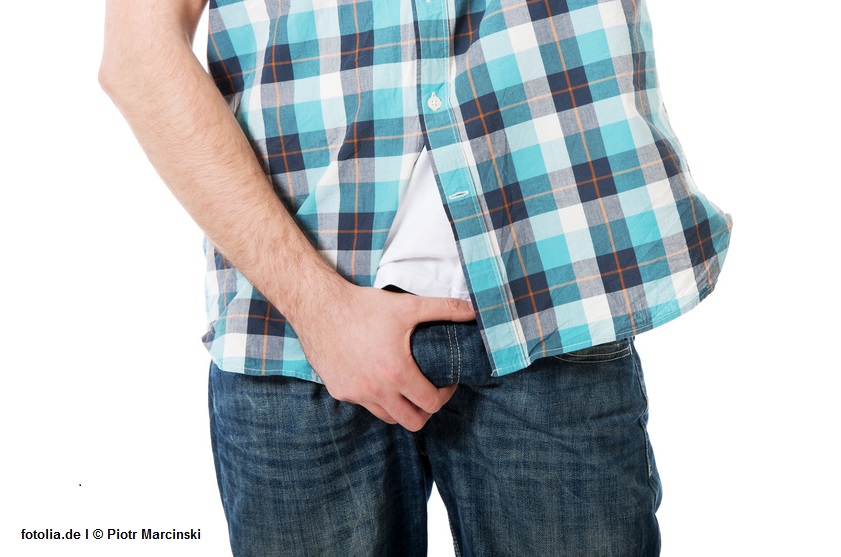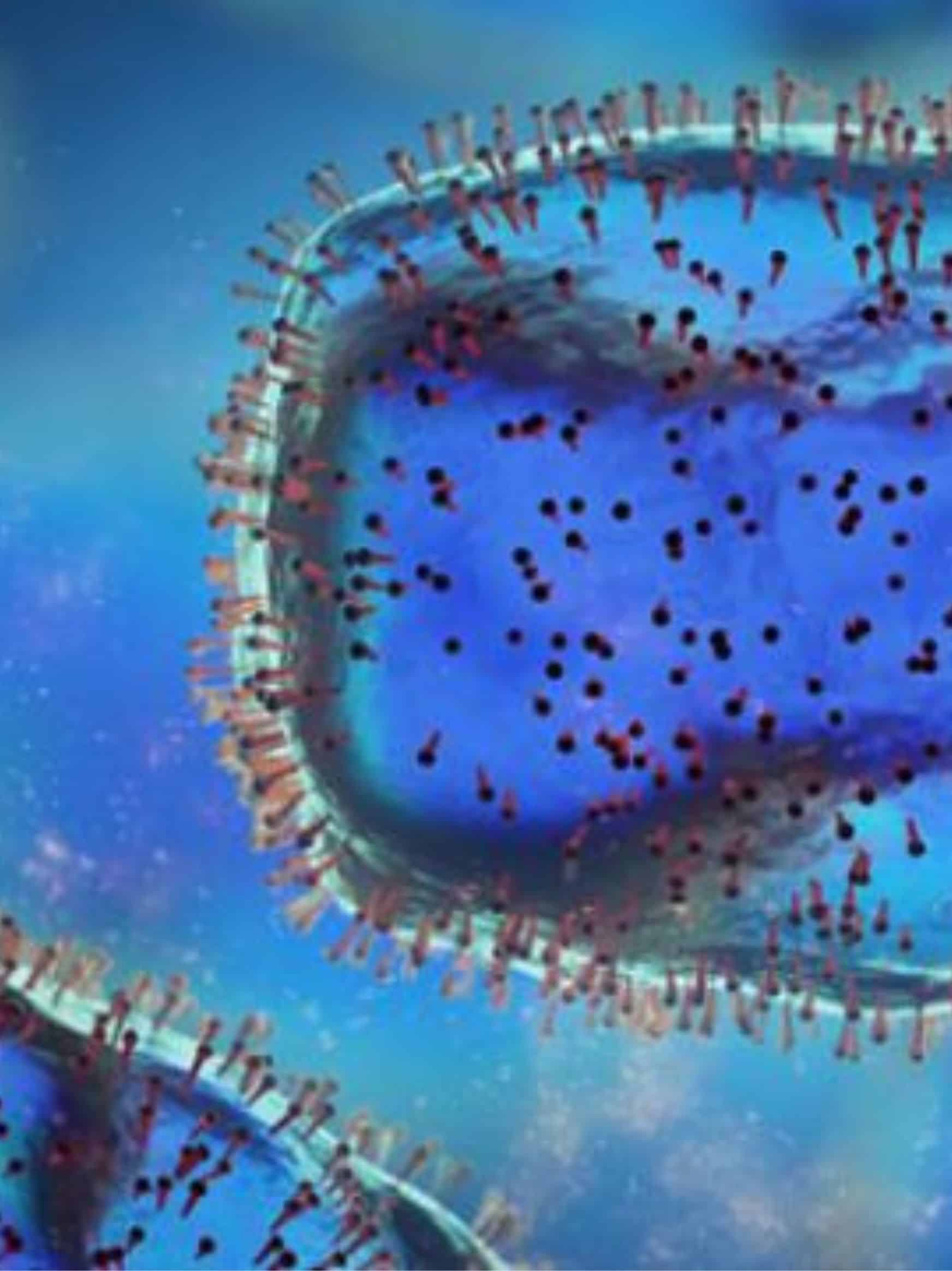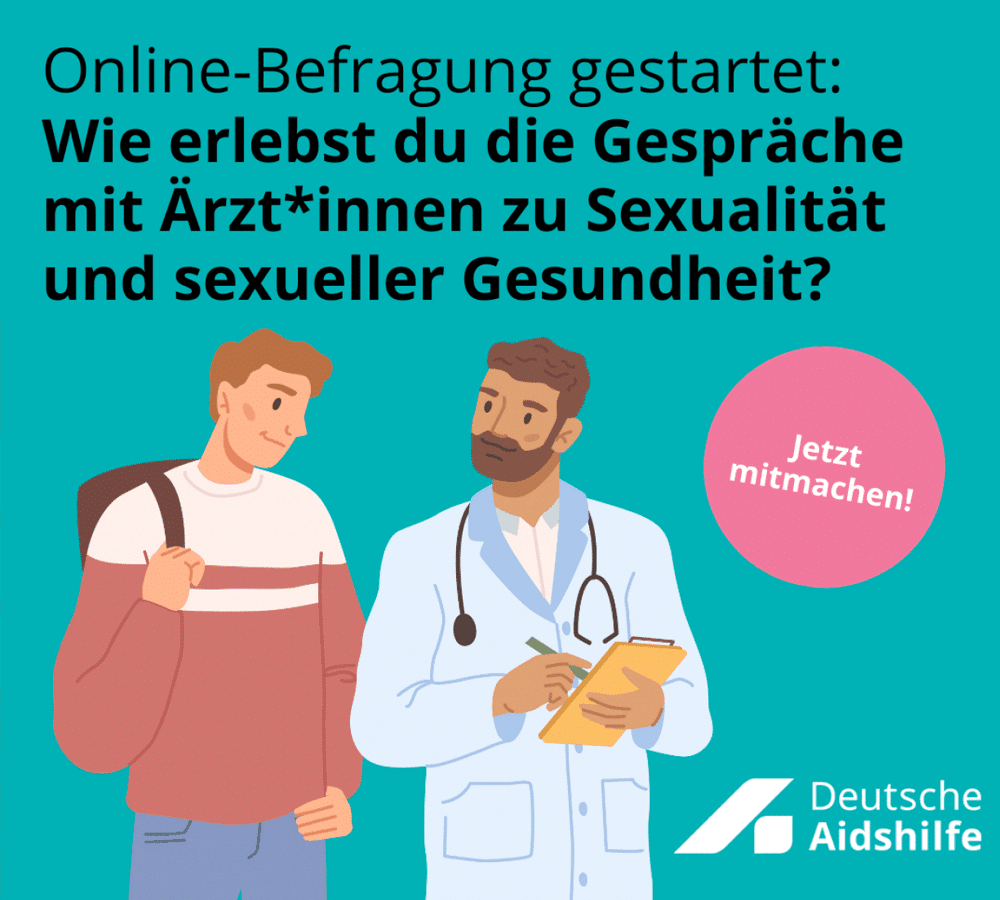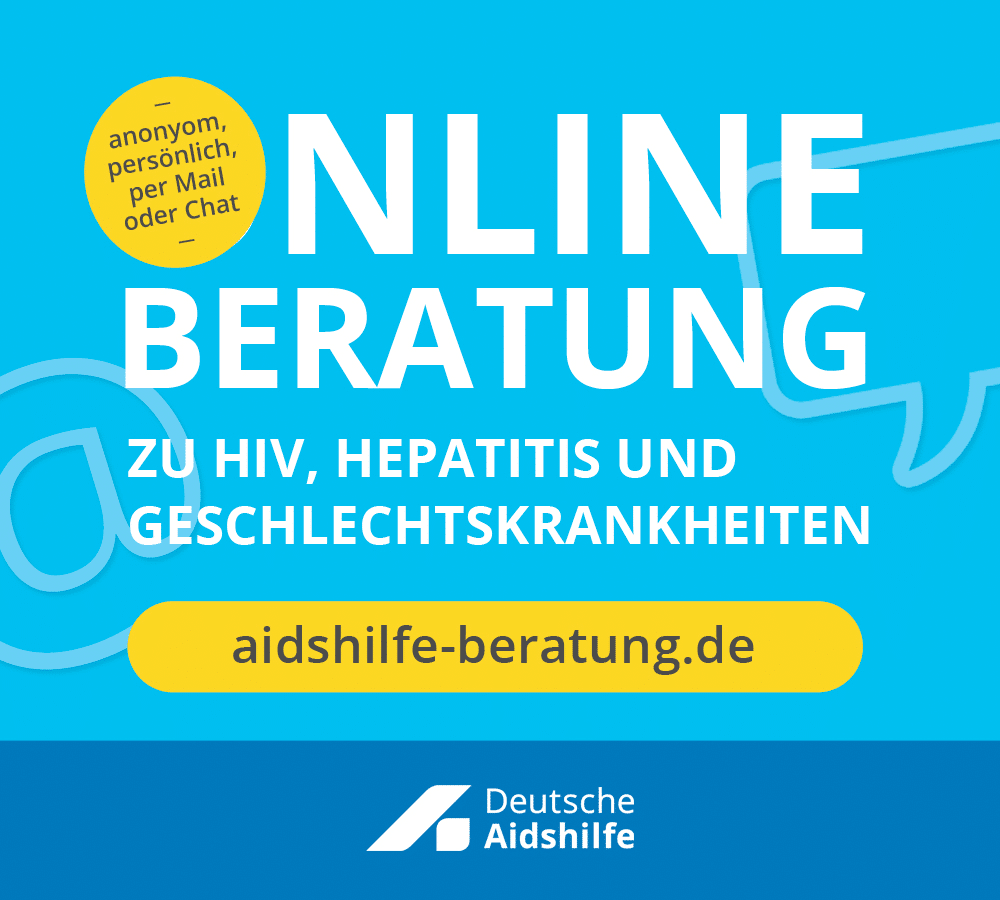The glans is slimy green and the morning jet burns as if a hedgehog were rolling through the urethra? Looks an awful lot like gonorrhoea. Just a few years ago, the diagnosis was little more than a nuisance for many gay men. Swab, antibiotics, follow-up check, done. And today?
A syringe! For gonorrhoea! And additional tablets! Many an experienced gay man reacts in horror when he is treated according to the new standards for the first time. But more and more doctors are actually administering two antibiotics at the same time for gonorrhoea. "In the medium term, however, it will become more difficult to completely eliminate the bacterium even with such combinations," fears Dr Klaus Jansen from the Robert Koch Institute (RKI). "The reason for this is that several strains of Neisseria gonorrhoeae are now resistant to common drugs."
Incorrect dosage promotes resistance
On its round trip through the beds and party towns, the pathogen always changes a little genetically. This also means that the bacterium may build a protective shield against the medication. The opportunity for this arises, for example, if a patient disregards the dosage instructions. "Antibiotics only work as they should if they reach a so-called minimum inhibitory concentration in the body," explains Dr Jansen. This means that they must be present in sufficient quantities over a certain period of time. Otherwise, pathogens can survive and mutate into a new, resistant variant.
Swallow what the medicine cabinet has to offer?
Anyone who hoards antibiotics at home to swallow in the event of a new infection may also be doing gonorrhoea and chlamydia a decisive favour. According to Dr Jansen, only in the laboratory can it be determined with certainty what you are dealing with and which medication is therefore advisable. "If the infected person takes any antibiotic, there is a risk that the bacteria will be temporarily weakened but not eliminated."
Rising infection figures
The statistics provide further bad news: more people are apparently infected with gonorrhoea than in the past. In Saxony, for example, the number of diagnosed infections has more than doubled within ten years (source: State Health and Veterinary Investigation Centre). Nobody knows to what extent this can be transferred to urban centres, as only in Saxony is the venereal disease notifiable. But if alarm signals are already coming from the Elbe Sandstone Mountains, what might the situation be like in Berlin, Hamburg or Cologne? In any case, the GP that the author of this blog post goes to observes the following: "When CSD, Folsom or Hustlaball take place in Berlin, I treat more gonorrhoea and chlamydia than colds a few days later."
Talking helps
Particularly insidious: Neisseria gonorrhoeae does not only occur in the urethra, where it makes itself felt through pain. The bacterium also multiplies in the throat and intestines and often goes unnoticed for a long time. More than half of all gonorrhoea infections in the buttocks are asymptomatic. Dr Jansen therefore advises sexually active men to be open when visiting a doctor: "Find a doctor with whom you can talk honestly about your sexual practices," says the expert from the RKI. "It is of little use if you have a swab taken from the urethra but the infection is limited to the rectum."
Dr Jansen also asks for fairness towards sexual partners. Men who are diagnosed with gonorrhoea should inform all sexual partners from the previous week. "Anyone can catch gonorrhoea or chlamydia," says the scientist. "But by making a phone call or sending a text message, you can help prevent the pathogens from spreading further."










